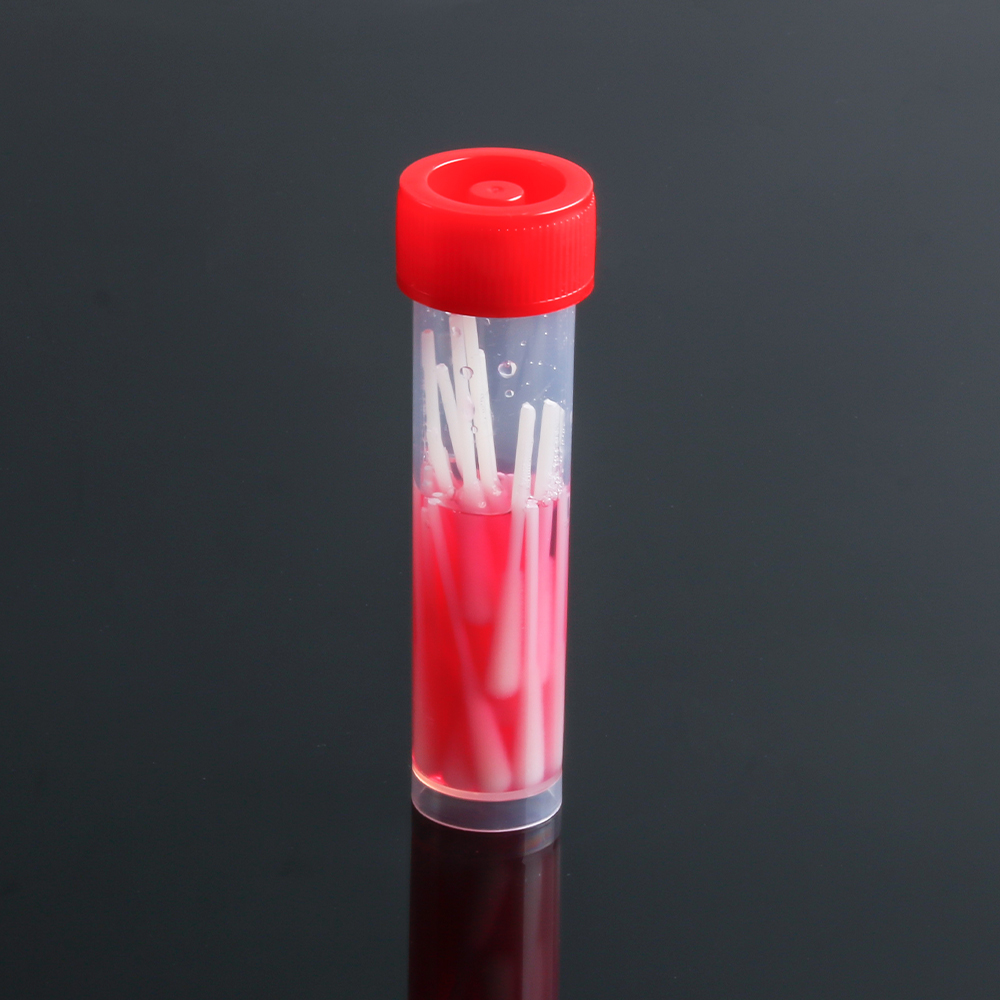Since the outbreak of the new coronavirus, the relevant diagnostic departments have developed and launched virus sampling tubes to detect and screen carriers of the new coronavirus by collecting oropharyngeal and nasopharyngeal swab samples, and to isolate them at the first opportunity.
About the manufacturing of virus sampling tube
Virus sampling tube belongs to the medical device products, most domestic manufacturers are according to a class of products to record, according to the second class of products registered by few enterprises, and in the early outbreak of the epidemic, in order to meet the urgent needs of Wuhan and other places, there are many companies are to take the "emergency channel" to apply for a class of record permit. Virus sampling tube consists of a sampling swab, virus preservation solution and outer packaging.
①, sampling swab: sampling swab can not use or add calcium alginate additives and can not use wooden sticks or bamboo sticks
Sampling swab direct contact with the sampling site, the material of the sampling head and the subsequent detection is closely related. Sampling swab head can not use calcium alginate sponge or wooden sticks (including bamboo sticks), the material of the swab head can not be cotton products, because the cotton fiber adsorption of protein is strong, not easy to elute to the subsequent preservation solution, while the wooden sticks or bamboo sticks containing calcium alginate and wooden components soaked in the preservation solution after breaking will also adsorb protein, and even have an inhibitory effect on the subsequent PCR light reaction. The material used to manufacture the swab head is recommended to use PE fiber, polyester fiber, polypropylene fiber and other synthetic fibers, natural fibers such as cotton is not recommended, and nylon-type fibers are not recommended because nylon-type fibers (similar to toothbrush bristles) have poor water absorption, resulting in insufficient sampling volume and affecting the detection rate.
②, sampling swab handle: sampling swab handle has a fracture type and built-in type two.
Fracture type swab into the sampling tube after sampling, gently snap at the fracture point, the broken swab tail discarded, and then tighten the tube cover can be.
The built-in swab is placed directly into the sampling tube after sampling, and the small hole built into the cap of the preservation tube is aligned with the top of the handle and the cap is screwed on.
The latter is relatively safe when comparing the two methods. When the break-off swab is used with a smaller size of preserving solution, the break-off may cause the liquid inside the tube to spill out, and due attention should be paid to the risk of contamination that may be caused by improper use of the product.
The recommended material for manufacturing swab handles is hollow polystyrene extruded or polypropylene (PP) injection indented tubing. Sampling swabs should ensure that the sampling volume and release, the selected material can not have the impact and subsequent detection of substances.
③, virus sampling tube
There is information suggesting that polypropylene is related to the adsorption of nucleic acids, especially at high tension ion concentrations, polyethylene plastic is more likely to grab DNA / RNA than polypropylene. polyethylene - propylene polymer plastic with some special treatment of polypropylene plastic containers are more suitable for DNA / RNA storage use. In addition, when using breakable swabs, care should be taken to place the swab vertically into the storage solution and break it carefully to prevent contamination by outward spillage of the contents.

